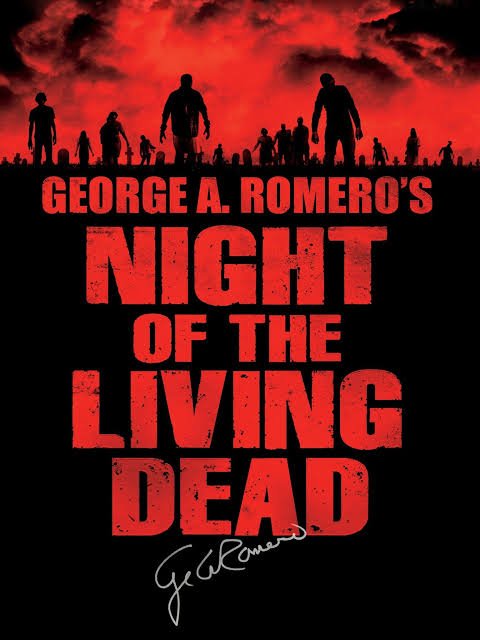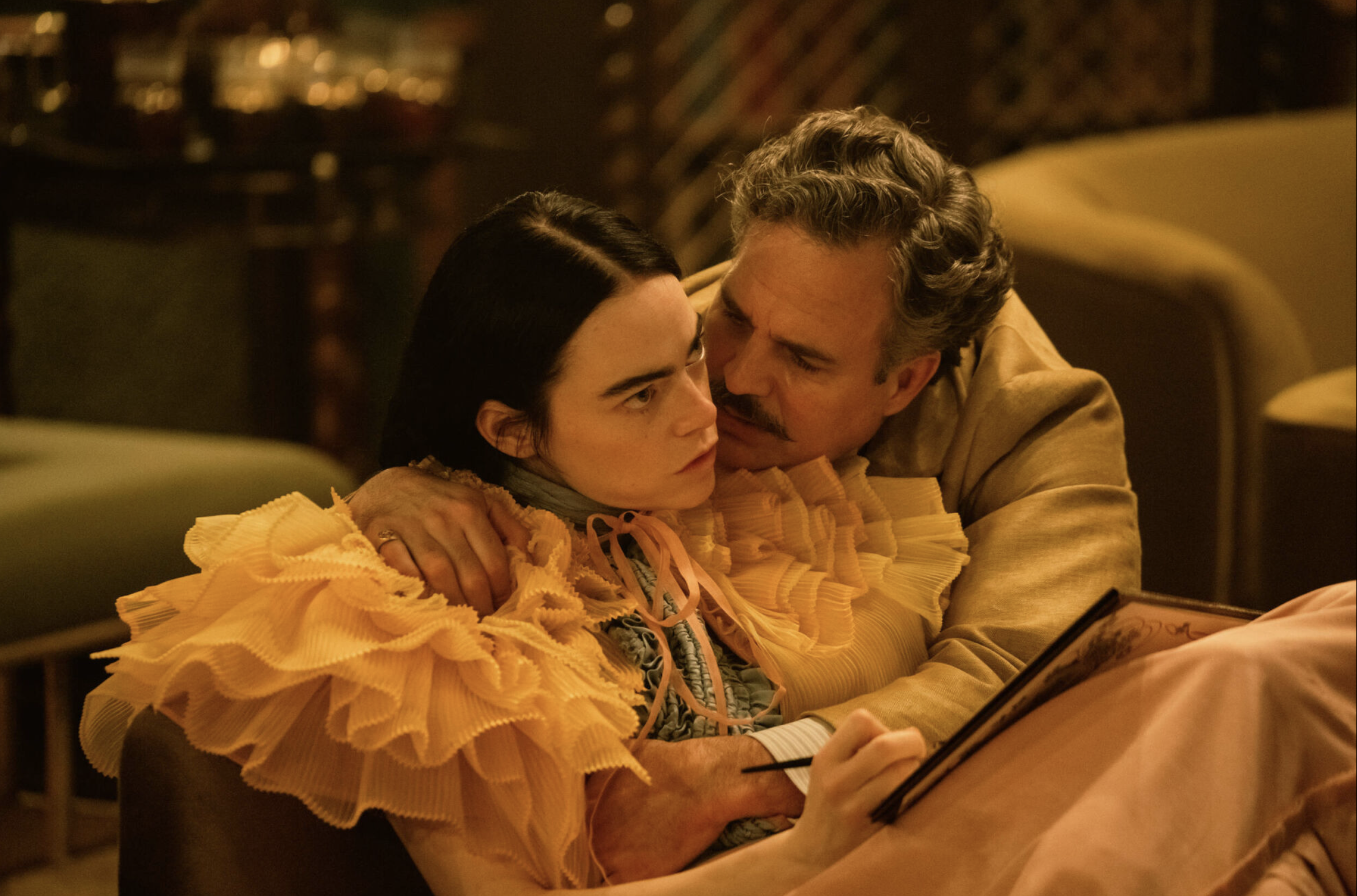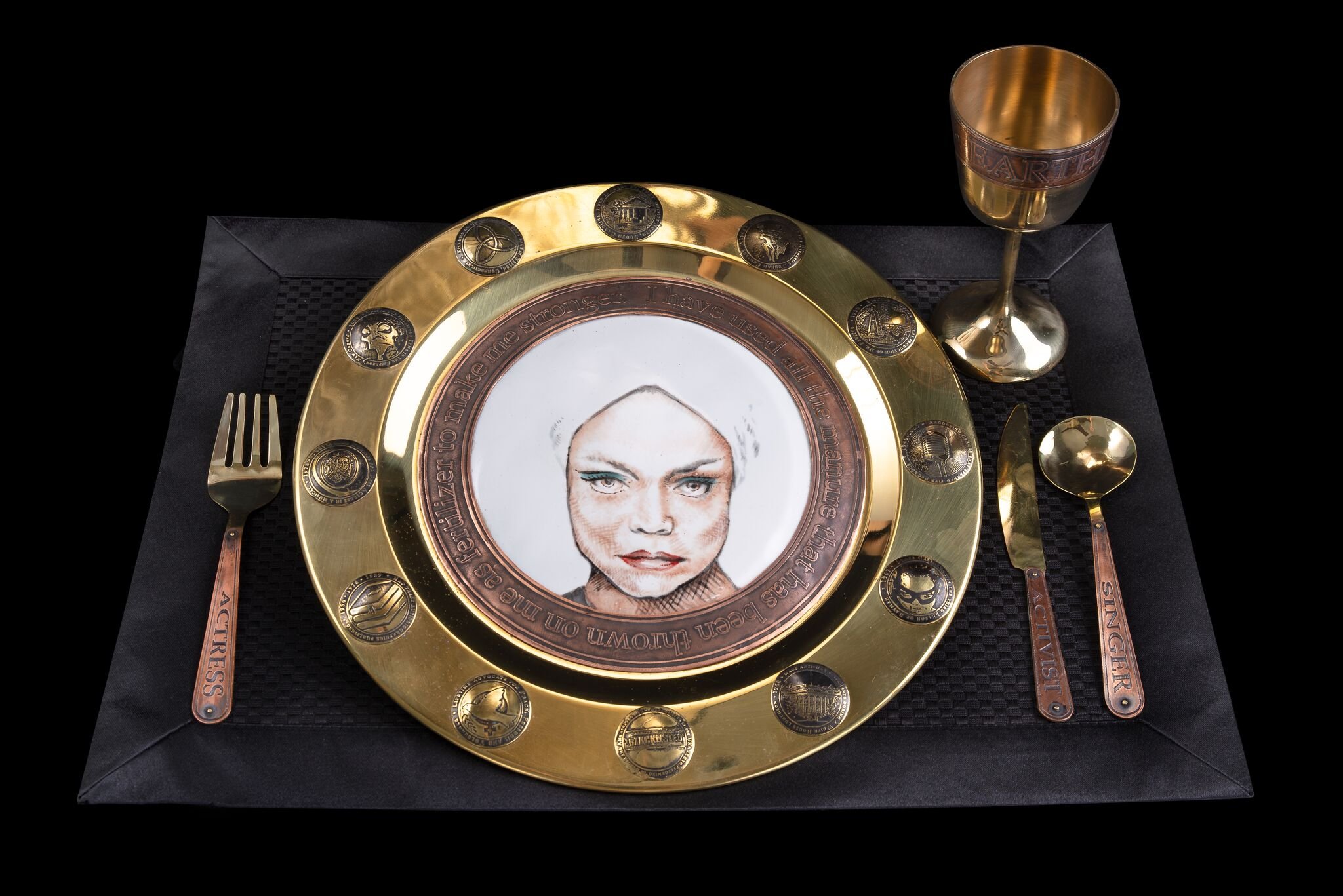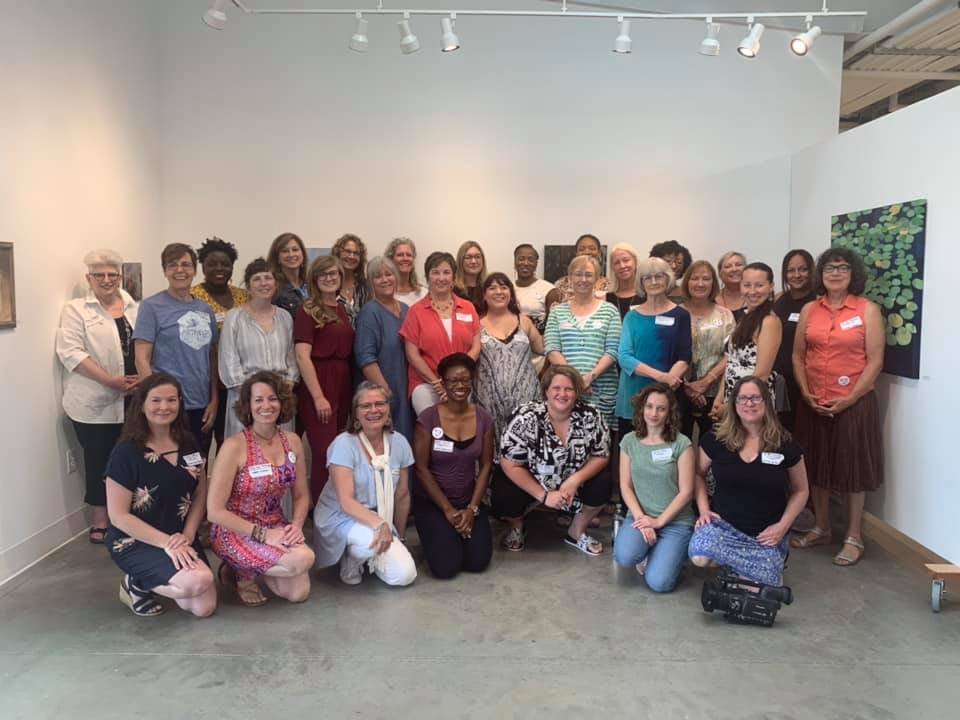South Carolina professor and writer Julia Elliott has curated female-monster themed film series before, and in her newest series, Family Trouble: Parenthood, Gender, and the Monstrous-Feminine, she is making us question what it means to be a mother in society and what happens when these mothers don’t “fit.”
The series is kicking off with short film Suicide by Sunlight, which is showing at the Columbia Museum of Art this Thursday at 6:30pm. The feature length films, Titane and Under the Shadow, will show on the 23rd and 27th, respectively, at Richland Library.
In addition to being a founding member of and vocalist for the alt-band Grey Egg, Julia (Liz) Elliott’s writing has appeared in Tin House, The Georgia Review, Conjunctions, The New York Times, Granta online, and other publications. She has won a Rona Jaffe Writer’s Award, and her stories have been anthologized in Pushcart Prize: Best of the Small Presses and The Best American Short Stories. Her debut story collection, The Wilds, was chosen by Kirkus, BuzzFeed, Book Riot, and Electric Literature as one of the Best Books of 2014 and was a New York Times Book Review Editors’ Choice. Her first novel, The New and Improved Romie Futch, arrived in October 2015. She teaches English and Women’s and Gender Studies at the University of South Carolina in Columbia.
~~~~
JASPER: What made you want to do a series on the monstrous feminine? How long have you been interested in it?
ELLIOTT: I’ve been obsessed with monsters ever since my grandmother, who was from the South Carolina Lowcountry, informed me that the Boo Hag (a species of succubus that can cause sleep paralysis) sometimes “rode her” at night, robbing her of precious sleep and energy. As a six-year-old, I was both fascinated and horrified by her story. Watching The Exorcist on television at age eleven only intensified my obsession. In addition to the grotesque that characterizes Southern Gothic, I often incorporate more overt forms of monstrosity into my fiction, like feminist body horror and new renditions of monsters from folk tales and mythology.
JASPER: And you’re teaching a course on these themes, right?
ELLIOTT: As a professor of English and Women’s and Gender Studies at Palmetto College Columbia, UofSC, I use the concept of the monstrous-feminine as a unifying theme for my section of WGST 112, Introduction to Women’s and Gender Studies, which “explores the cultural, sociological, political, anthropological, and psychological significance of female monsters—ghosts, witches, vampires, werewolves, aliens, and more. Using feminist theory as an analytical tool and interdisciplinary methodology, we examine ways that visions of female monstrosity reflect historical attitudes toward women and girls” (quoting my syllabus). This introductory class inspired me to design a service-learning Honors class that focuses exclusively on female monsters in horror films: Monstrous Mothers, Diabolical Daughters, and Femme Fatales: Gender and Monstrosity in Horror Films.
JASPER: How did you move from writing and teaching to curating this film series?
ELLIOTT: As I state in my SCHC 485 course description, my class “revisits classic male-gaze depictions of the monstrous-feminine, explores progressive male-directed images of female monstrosity, and showcases the diversity and richness of recent horror films by women directors like Jennifer Kent (The Babadook, 2014), Ana Lily Amirpour (A Girl Walks Home Alone at Night, 2014), Stewart Thorndike (Lyle, 2014), and Julia Ducournau (Raw, 2017, Titane 2021).” In 2018 and 2019, I co-curated two female-monster-themed October film series for Nickelodeon Theater, and my students from SCHC 485 produced marketing and presentational materials for both the Nick and campus marketing campaigns. After the Nick closed due to COVID and terminated the positions of my collaborators, I curated two campus film series, one virtual and one at the Russell House Theater. This year, I curated a community series that will screen at the Columbia Museum of Art and Richland Library Main. 2022’s theme is Family Trouble: Parenthood, Gender, and the Monstrous-Feminine.
“In the wake of fourth-wave feminism…, female directors have revolutionized the horror genre by presenting more complex depictions of both the monstrous-feminine and female horror heroines. Feminist body horror, subversive monstrosity, and more nuanced explorations of female sexuality and motherhood have emerged to shake up the status quo.”
JASPER: How did you choose CMA and Richland Library?
ELLIOTT: I’ve worked with the CMA on quite a few projects over the years—podcasts, fiction readings, tours, and lectures. In the spring of 2022, Drew Baron, Senior Media Producer, asked me to produce five “tap tour” recordings analyzing horror film posters for the It’s Alive! exhibition. For the same exhibition, Wilson Bame, Manager of Engagement, invited me to serve on a panel about women in horror, with filmmaker Nikyatu Jusu as a special guest. I was beyond stoked, but, alas, COVID arrived, and the panel was cancelled. Knowing that Wilson was a fan of Jusu’s work, I approached him about screening Suicide by Sunlight as part of a community horror series, and he suggested featuring it as part of First Thursday, a festive kickoff event. I then reached out to Lee Snelgrove, Arts and Culture Manager at Richland Library, who worked to set up the library screenings.
JASPER: Can you tell me about the work your students have done to help?
ELLIOTT: My students have produced marketing and promotional materials for this series, including most of the text for the CMA and library event pages. Each year, my students write the series description, design a series poster and other promotional fliers, write film descriptions, choose critic’s quotes, design program notes to distribute at screenings, and creatively introduce their films to live audiences. They also write film analyses (which were published on the Nick’s blog in 2018 and 2019, but which now appear on the SCHC webpage). Both the CMA and library event links above will lead you to series and film descriptions written by my students, as well as posters they designed and quotes and images they selected. If you take a look at the Cool Courses SCHC feature on my class, there is info on the service-learning element as well as a link to last year’s series, which features student work (the link to the 2022 series should go live on October 6).
JASPER: Diving into the series, can you talk more about the “monstruous-feminine”? How do you feel portrayals of woman as literally monstrous challenge or potentially even shore up the figurative monstrous?
ELLIOTT: The term “monstrous-feminine” originates from feminist theory that seeks not only to highlight the ways nonconforming and threatening women are often deemed monstrous by patriarchal narratives, but also to underscore the power of female monsters. Drawing on the psychoanalytical theory of French feminist Julia Kristeva, Barbara Creed published her groundbreaking book The Monstrous-Feminine: Film, Feminism, Psychoanalysis in 1993. Due to its historical context, this book focuses mostly on male-directed classics like Alien, The Exorcist, and Carrie. As I state in my SCHC 485 course description, “In the wake of fourth-wave feminism…, female directors have revolutionized the horror genre by presenting more complex depictions of both the monstrous-feminine and female horror heroines. Feminist body horror, subversive monstrosity, and more nuanced explorations of female sexuality and motherhood have emerged to shake up the status quo.”
JASPER: How did you curate Suicide by Sunlight, Titane, and Under the Shadow? Why these three films, specifically?
ELLIOTT: In keeping with this year’s theme, Family Trouble: Parenthood, Gender, and the Monstrous-Feminine, each of these films deploy female monstrosity to challenge the sanctity of the nuclear family and redefine not only the roles of women within the family, but the concept of family itself. Suicide by Sunlight depicts a day-walking Black female vampire struggling to harmonize her identities as mother, nurse, and vampire. Titane, a French feminist techno-body-horror spectacle, violently explodes conventional notions of family, gender, and humanity, reaching an unexpectedly moving conclusion. Under the Shadow, a Persian-language psychological thriller, features a contemporary evocation of the ancient mythological djinn to explore the tensions between a mother and daughter isolated in a Tehran apartment complex during the Iran-Iraq war.
“While Gothic vampires like Carmilla and Dracula embodied antisemitic and homophobic fears of racial and sexual outsiders bent on corrupting the “purity” of English society, modern and postmodern vampires often present seductive hyper-white aristocrats with European backgrounds and a whiff of parasitic imperialism and white supremacy.”
JASPER: Tell me more about Suicide by Sunlight. How is (Black) motherhood made “monstrous” and how does this film amplify it?
ELLIOTT: While Gothic vampires like Carmilla and Dracula embodied antisemitic and homophobic fears of racial and sexual outsiders bent on corrupting the “purity” of English society, modern and postmodern vampires often present seductive hyper-white aristocrats with European backgrounds and a whiff of parasitic imperialism and white supremacy. In the 1970s, two notable films introduced Aftrocentric themes to vampire mythology: Blacula and Ganja and Hess. In Suicide by Sunlight, Sierra Leonean-American Filmmaker Nikyatu Jusu features a Black female vampire struggling to harmonize her professional, maternal, and vampiric identities. While the melanin in her skin gives her the power to day-walk, an advantage that her white vampiric counterparts lack, she must still contend with a society that unfairly judges and disenfranchises Black mothers. Jusu brilliantly uses the monstrous-feminine not only to revisit the racial politics of vampirism, but also to show how society demonizes and fails Black mothers.
JASPER: Why do you think it’s important for our particular community in the specific time we’re dwelling in to view these films?
ELLIOTT: Perhaps more than any other genre, horror films feature the anxieties and obsessions of particular time periods, often in messy and unresolved ways that help viewers contend with their own shifting worldviews and the blurry boundary between the “human” and the “monstrous.” As J. Halberstam famously stated, “monsters are meaning machines.” Horror films evoke the ineffable, the unmentionable, and the taboo in ways that help people confront and redefine their own monsters.



































































